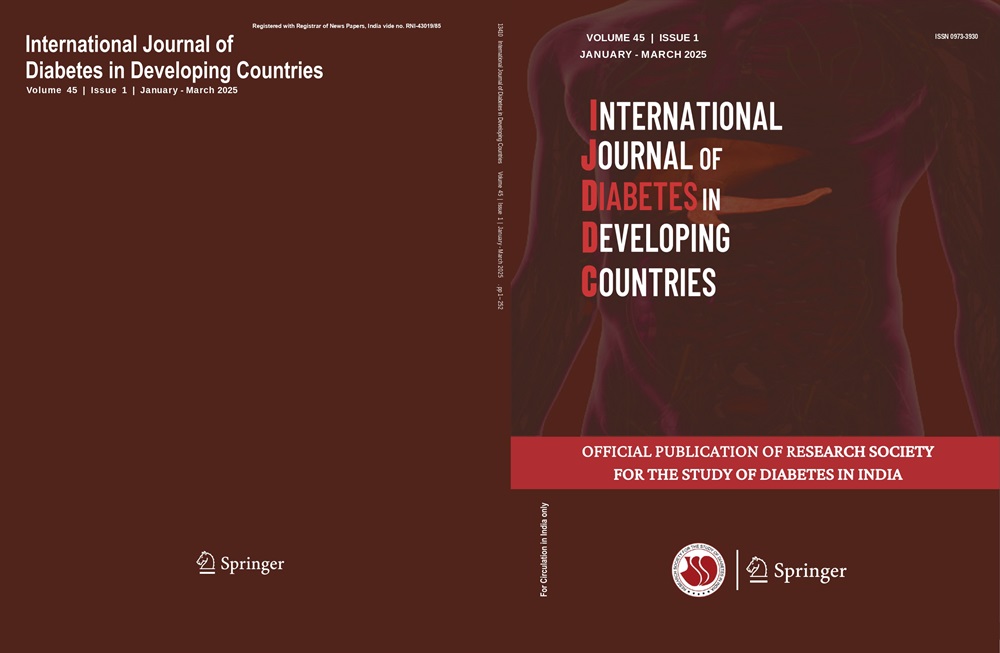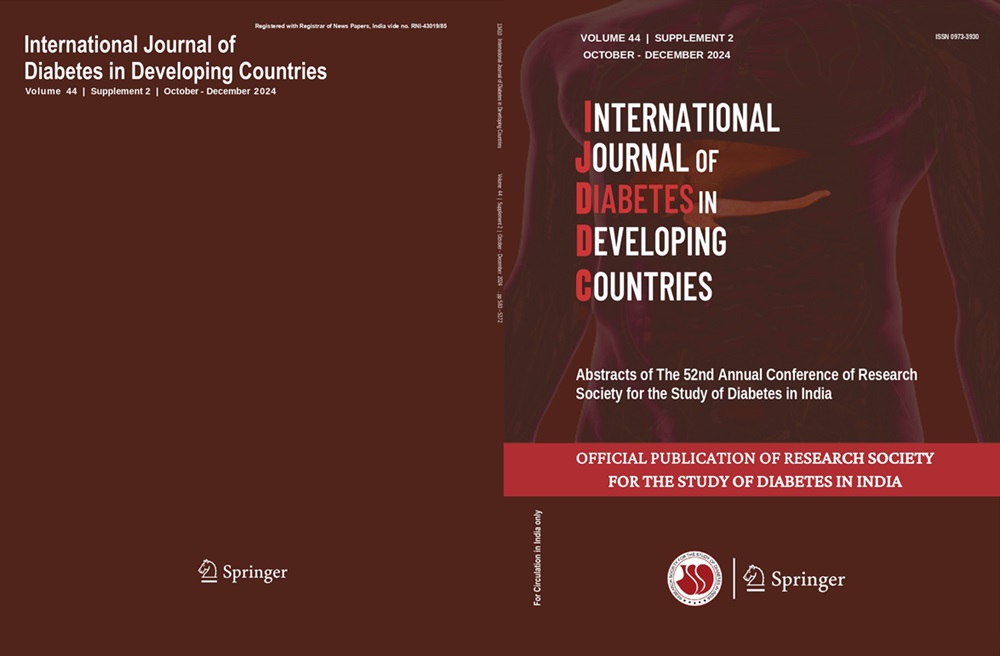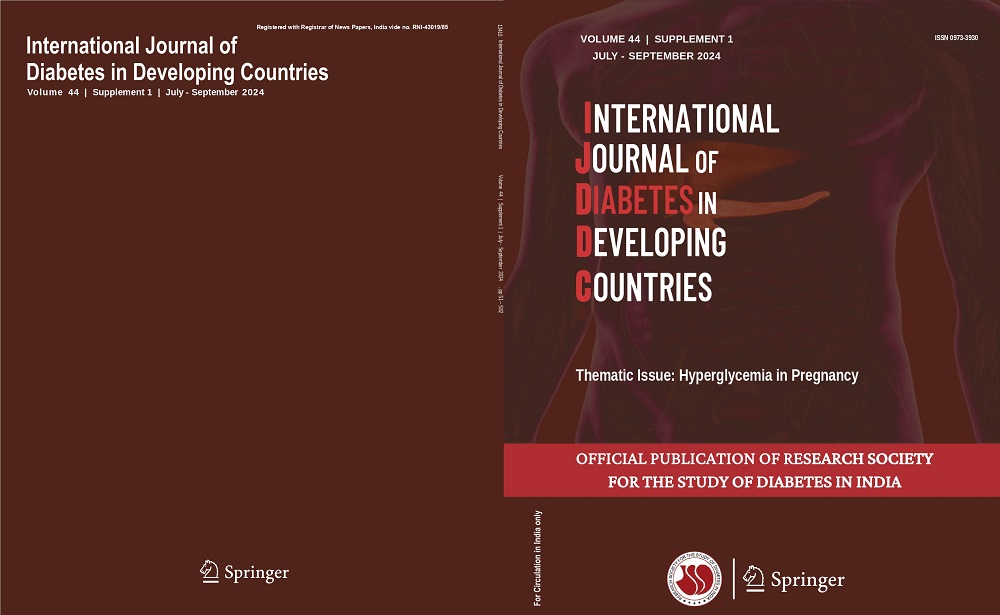Rajeev Chawla
The Triglyceride-Glucose (TyG) Index has emerged as a valuable marker in predicting the onset and progression of type 2 diabetes mellitus (T2DM) and its associated complications. The growing body of research underscores its clinical significance, particularly in assessing gender-based risk differentials, diabetic kidney disease (DKD) progression, and the interplay between metabolic and epigenetic factors in diabetes-related nephropathy. By synthesizing findings from recent studies, this editorial aims to highlight the predictive value of the TyG Index, gender-specific variations in its effectiveness, and the broader implications for diabetes management and prevention.
Gender-specific predictive value of TyG Index in T2DM risk
A recent cohort study by Guo and Tong et al. [1] published in this issue involving 48,230 individuals established a significant association between an elevated TyG Index and an increased risk of T2DM in both men and women. However, the predictive strength of the index was markedly higher in women (AUC = 0.812) compared to men (AUC = 0.721). This disparity suggests that women might be more metabolically vulnerable to insulin resistance as measured by the TyG Index, warranting a gender-sensitive approach in diabetes risk assessment and preventive strategies. The adjusted model further indicated that while men with a higher TyG Index had a 1.68 times greater risk of developing T2DM, the risk was considerably elevated in women (3.59 times), reinforcing the need for targeted interventions.
TyG Index anddiabetic kidney disease progression
Huang and Liu et al. [2] extended the discussion by investigating the TyG Index’s role in diabetic kidney disease(DKD) progression. Their findings emphasized that an elevated TyG Index correlates with a higher risk of DKD progression, particularly in male patients with T2DM. While the mechanisms underlying this gender disparity remain unclear, hormonal and metabolic differences may contribute to the observed variations. These findings underscore the importance of using the TyG Index not only for predicting diabetes onset but also for monitoring disease progression and implementing timely interventions, especially in male patients at risk for DKD.
The burden ofpoor glycemic control and diabetic nephropathy
Abdulqawi Ali and Al-Shammakh et al. [3] studied a broader epidemiological perspective by examining the prevalence of poor glycemic control and diabetic nephropathy among T2DM patients in Yemen. Alarmingly, 58% of patients exhibited poor glycemic control, with factors such as combined antihyperglycemic therapy (oral drugs plus insulin), poor dietary adherence, and lack of education contributing to suboptimal glucose regulation. Moreover, diabetic nephropathy was present in 32% of patients, with significant risk factors including advanced age (> 50 years), hypertension, prolonged diabetes duration (> 5 years), and uncontrolled blood glucose levels. These findings highlight the pressing need for comprehensive diabetes management programs that incorporate lifestyle modifications, patient education, and improved access to healthcare resources.
Epigenetic insights: theNrf2-HDAC axis in diabetic nephropathy
Beyond clinical markers and epidemiological insights, diabetes progression is increasingly being understood through the lens of molecular biology. Harith Priya and Juttada’s study [ 4 ] published in this issue delved into the dysregulation of the Nrf2-HDAC axis in diabetic nephropathy. The significant downregulation of Nrf2 and selective histone deacetylases (HDACs) in DN patients suggests an epigenetic imbalance that exacerbates kidney damage. Interestingly, the upregulation of specifi c HDACs (HDAC1/2/4/5/6) was negatively correlated with Nrf2, reinforcing the hypothesis that epigenetic modifications play a pivotal role in diabetes-related kidney disease. These findings open new avenues for therapeutic interventions targeting the Nrf2-HDAC pathway to mitigate renal complications in diabetes.




